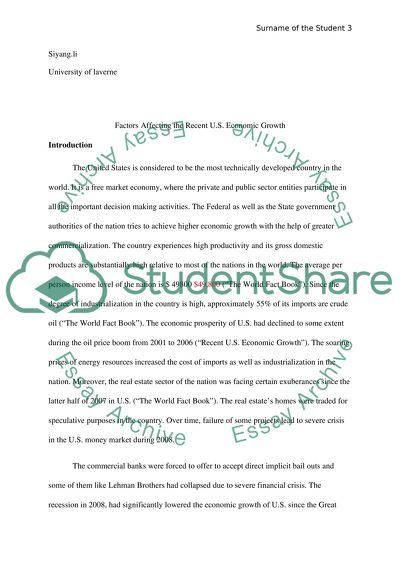Cite this document
(“An Analysis on the Factors Affecting the Recent US Economic Growth Research Paper”, n.d.)
An Analysis on the Factors Affecting the Recent US Economic Growth Research Paper. Retrieved from https://studentshare.org/macro-microeconomics/1637325-an-analysis-on-the-factors-affecting-the-recent-us-economic-growth
An Analysis on the Factors Affecting the Recent US Economic Growth Research Paper. Retrieved from https://studentshare.org/macro-microeconomics/1637325-an-analysis-on-the-factors-affecting-the-recent-us-economic-growth
(An Analysis on the Factors Affecting the Recent US Economic Growth Research Paper)
An Analysis on the Factors Affecting the Recent US Economic Growth Research Paper. https://studentshare.org/macro-microeconomics/1637325-an-analysis-on-the-factors-affecting-the-recent-us-economic-growth.
An Analysis on the Factors Affecting the Recent US Economic Growth Research Paper. https://studentshare.org/macro-microeconomics/1637325-an-analysis-on-the-factors-affecting-the-recent-us-economic-growth.
“An Analysis on the Factors Affecting the Recent US Economic Growth Research Paper”, n.d. https://studentshare.org/macro-microeconomics/1637325-an-analysis-on-the-factors-affecting-the-recent-us-economic-growth.


